Emery and Rimoin’s Principles and Practice of Medical Genetics and Genomics: Perinatal and Reproductive Genetics 7th Edition
Emery and Rimoin’s Principles and Practice of Medical Genetics and Genomics: Perinatal and Reproductive Genetics Seventh Edition:
Emery and Rimoin’s Principles and Practice of Medical Genetics and Genomics: Perinatal and Reproductive Genetics, Seventh Edition includes the latest information on seminal topics such as prenatal diagnosis, genome and exome sequencing, public health genetics, genetic counseling, and management and treatment strategies in this growing field. The book is ideal for medical students, residents, physicians and researchers involved in the care of patients with genetic conditions. This comprehensive, yet practical resource emphasizes theory and research fundamentals related to applications of medical genetics across the full spectrum of inherited disorders and applications to medicine more broadly.
Chapters from leading international researchers and clinicians focus on topics ranging from single gene testing to whole genome sequencing, whole exome sequencing, gene therapy, genome editing approaches, FDA regulations on genomic testing and therapeutics, and ethical aspects of employing genomic technologies.
Additional ISBNs:
∗ eText ISBN: 0128152370, 978-0128152379, 9780128152379
- See additional information on the Amazon.
More Details
Emery and Rimoin’s Principles and Practice of Medical Genetics and Genomics: Perinatal and Reproductive Genetics 7th Edition:
Preface to the Seventh Edition of Emery and RIMOIN’S Principles and Practice of Medical Genetics and Genomics
Preface to Perinatal and Reproductive Genetics
1. Introduction to Perinatal Disorders and Reproductive Genetics
1.1. Introduction
1.2. Imaging During Pregnancy—A First Look
1.3. Prenatal Diagnostics—Confirming Genetic Disorders
1.4. Prenatal Screening for Genetic Disorders—Aneuploidy and Single Gene
1.5. The End of the Beginning and What Lies Ahead
1.6. Conclusion
2. Prenatal Screening for Neural Tube Defects and Aneuploidy
2.1. Introduction
2.2. Prenatal Screening for Birth Defects
2.3. Risk Determination and Thresholds
2.4. Modalities of Testing for NTD and Down Syndrome
2.5. Follow-up to Positive Screens—NTD
2.6. Maintaining and Monitoring Screening Performance
2.7. Keeping Screening in Perspective
2.8. Summary
3. Techniques for Prenatal Diagnosis
3.1. Introduction
3.2. Amniocentesis
3.3. Chorionic Villus Sampling
3.4. Fetal Blood Sampling
3.5. Fetal Skin and Tissue Biopsy Procedures
4. Neonatal Screening
4.1. Introduction
4.2. Historical Aspects
4.3. Components of Screening Programs
4.4. Potential Problems in Newborn Screening
4.5. Disorders and Conditions Detected by Newborn Blood Screening: Inborn Errors of Metabolism
4.6. Other Congenital Disorders and Conditions Detected by Newborn Blood Screening
4.7. Issues and Concerns in Screening
5. Hypogonadotropic and Hypergonadotropic Hypogonadism in Females: Disorders of Reproductive Ducts
5.1. Kallmann Syndrome and Idiopathic (Congenital) Hypogonadotropic Hypogonadism
5.2. Hypergonadotropic Hypogonadism: Historical Overview and Evolution of Scientific Approach
5.3. Mechanism of Action for Genes Causing Hypergonadotropic Hypogonadism
5.4. Related Gynecological Disorders Causing Infertility
5.5. Structural Anomalies of the Uterus and Vagina
6. Genetics of Male Infertility
6.1. Male Infertility—Introduction
6.2. Chromosome Anomalies
6.3. Gene Defects Involved in Endocrine Forms of Infertility
6.4. Monogenic Defects of Male Infertility
6.5. Syndromic Monogenic Defects
6.6. Conclusion
7. The Genetics of Disorders Affecting the Premature Newborn
7.1. Introduction
7.2. Respiratory Distress Syndrome
7.3. Bronchopulmonary Dysplasia
7.4. Patent Ductus Arteriosus
7.5. Intraventricular Hemorrhage
7.6. Retinopathy of Prematurity
7.7. Necrotizing Enterocolitis
8. Fetal Loss
8.1. Background
8.2. Definition of Terms
8.3. Early Pregnancy Loss
8.4. Late Pregnancy Loss
8.5. Evaluation and Management of Recurrent Abortion
8.6. Conclusions
9. Preeclampsia
9.1. The Preeclampsia Phenotype
9.2. Preeclampsia Is a Quantitative Trait Disorder
9.3. Preeclampsia and the Placenta
9.4. Preeclampsia Biomarkers in Clinical Use
9.5. Preeclampsia Management and Future Health
9.6. Genetic Basis of Preeclampsia
9.7. Preeclampsia and Animal Models
10. Noninvasive Prenatal Testing and Noninvasive Prenatal Screening
10.1. Precision in Screening Tests
10.2. Fetal Fraction
10.3. Sex Chromosome Aneuploidies and Gender Determination
10.4. Segmental Aneuploidies
10.5. Triploidies and Haploidies
10.6. Mendelian Disorders in NIPS
10.7. Gender Determination
10.8. Multiple Pregnancies and Vanishing Twins
10.9. Confined Placental Mosaicism
10.10. Maternal Factors
10.11. Inappropriate Use of NIPS
10.12. NIPT Paternity Testing
10.13. Noninvasive Whole Genome Fetal Sequencing
10.14. Conclusion
11. Preimplantation Genetic Testing
11.1. Introduction
11.2. Milestones in PGT
11.3. Indications for Preimplantation Genetic Testing
11.4. Technical Approaches
11.5. Testing and Analysis of Embryonic Nuclear DNA
11.6. Embryo Testing for Monogenic Conditions (PGT-M)
11.7. PGT-M for Mitochondrial Conditions
11.8. Preimplantation Genetic Testing for Structural Chromosome Rearrangements
11.9. Preimplantation Genetic Testing for Aneuploidy
11.10. Interpretation of PGT Results and Clinical Dilemmas
11.11. PGT-A: Mosaicism
11.12. Advantages and Limitations of PGT
11.13. Prenatal Follow-Up and Confirmatory Testing
11.14. Genetic Counseling
11.15. Future Technological Advances in ART and PGT
11.16. Regulatory Policies, Ethical Considerations, and Challenges in PGT
12. Expanded Carrier Screening
12.1. Introduction
12.2. History of Reproductive Carrier Screening
12.3. Expanding Carrier Screening: One Gene at a Time
12.4. Introduction of Expanded Carrier Screening Panels
12.5. Changes in Technology from Genotyping to Sequencing Drive Carrier Screening Performance Improvements
12.6. Introduction of Expanded Carrier Screening into Clinical Practice
12.7. Process of Carrier Screening
12.8. Pretest Counseling
12.9. Interpretation of Molecular Findings
12.10. Reproductive Options for Carrier Couples Identified During Pregnancy
12.11. Reproductive Options for Carrier Couples Identified Before Pregnancy
12.12. Posttest Counseling of Pregnant Carrier Couples
12.13. Preimplantation Genetic Testing for Carrier Couples
12.14. Use of PGT-M for Identifying Potential HLA Donor Embryos for Affected Siblings
12.15. Conclusions
Index


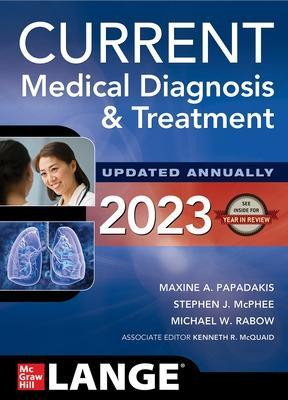
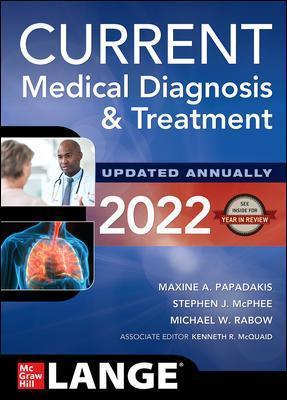






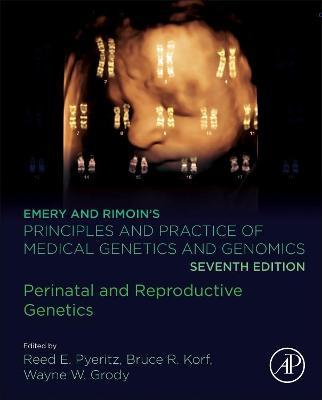







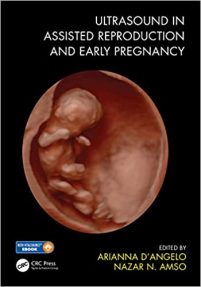
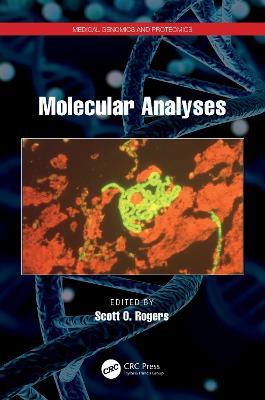
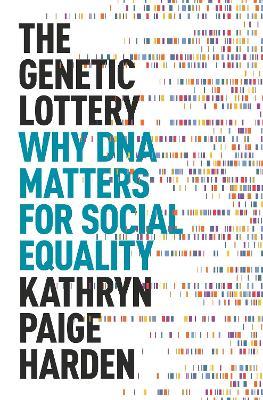


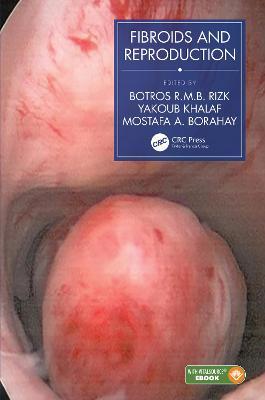
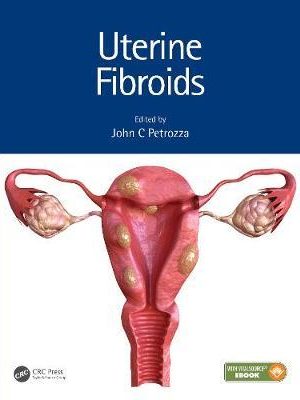

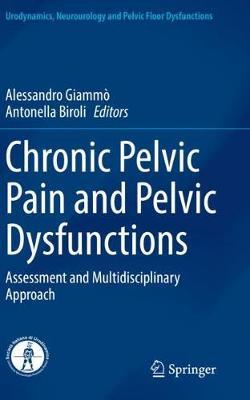

 Dentistry
Dentistry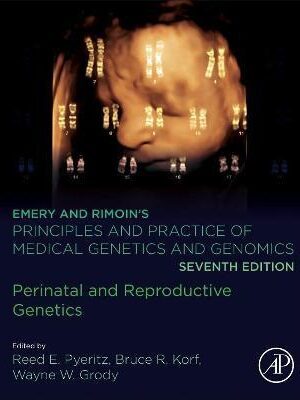
Reviews
There are no reviews yet.